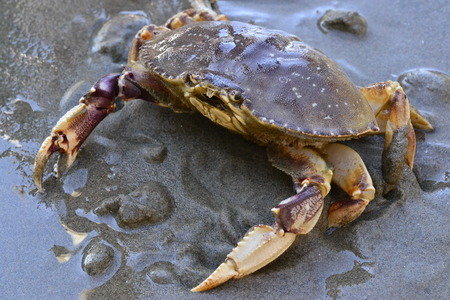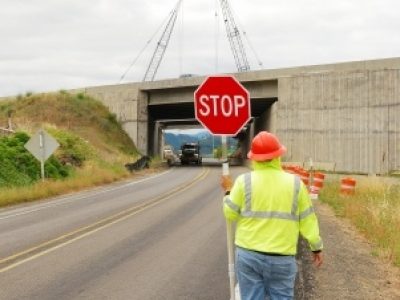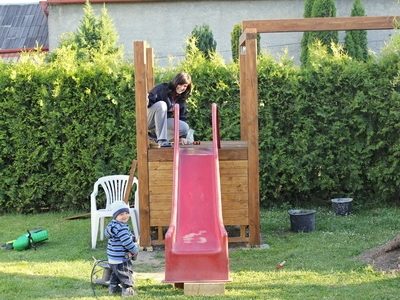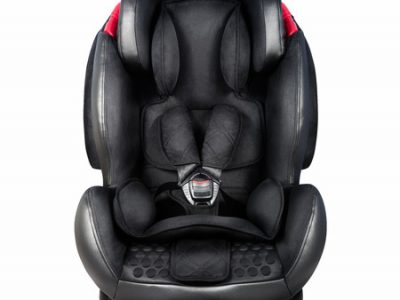

Crabbing in the Puget Sound: Top 20 Crabbing Safety Tips
Crab enthusiasts who live near the Puget Sound have access to big flavorful crab during our summer season: the Dungeness crab and their less well known cousin the Red Rock crab. For those who choose to catch their own crab, it is best to know basic crabbing safety tips particular to our region before setting out your traps.
Basic Crabbing Safety tips for crabbing in the Puget Sound
Safety tip #1: Read up on the Puget Sound crabbing regulations written by the Washington State Department of Fishing and Wildlife. It is important to know the crabbing season and limits as well as the rules specific to crabbing in each zone. Most importantly, you will need a shell fishing permit with a crab endorsement which can be bought online or in several local sporting goods stores. Visit their website for a complete list of crabbing regulations.
Safety tip #2: Maintain your boat. Before crabbing season begins, ensure that your boat is in good working order and re-stock supplies such as life jackets, sun screen, first aid kits and GPS walkie talkies.
Safety tip #3: Always tell someone where you are going, how long you plan to be gone and how many people are in your group. Check back when you are safely on shore.
Safety tip #4: Before setting out check weather conditions and water temperature. Pre-identify an alternate place to get off the water if environmental conditions change dramatically for the worse.
Safety tip #5: Be aware of off-shore winds, shoreline conditions and currents that could make it difficult to return to shore in small boats.
Safety tip #6: Wear clothes in layers. A light long-sleeved shirt and brimmed hat can act as sunscreen on a sunny day, an extra sweatshirt can keep you warm on a cool, cloudy day and a rain jacket will help keep you dry on a rainy day. The weather may change throughout the trip so layers will help you prepare for whatever comes.
Safety tip #7: Never exceed the weight capacity of your boat.
Safety tip #8: Never boat while drinking or doing drugs.
Safety tip #9: Pack plenty of food and water and stay hydrated!
Safety tip #10: Decide on a safe place to launch your boat. The Puget Sound has hundreds of places to launch a small boat. State parks located on the water often offer safe and accessible places to launch. Some county parks have gentle beaches and accessible parking that can be used to launch a small boat. Marinas may charge a small fee to launch a boat but can also be a good option.
Safety tip # 11: Be aware of shipping lanes and how to avoid them. Washington State Ferries travel predictable routes and times so check their schedule before you set off.
Safety tip # 12: Give wildlife plenty of space and be aware of regulations about Killer Whales. Give them wide berth and stay out of their path.
Safety tip # 13: Make a plan for your crab traps. Organize your lines on land before you launch; lines can become easily tangled and it can be difficult and unsafe to untangle them depending on the size of your boat.
Safety tip # 14: Know when to drop your traps. It can be easier to drop crab traps at high tide because the Puget Sound has a huge tidal swing; sometime more than 15′. Some areas also have a strong tidal current making it difficult to find a safe spot to place a trap. By dropping at high tide you will know the longest distance that your line will need to go; the line will simply become more slack as the tide goes down. You can download a free tidal app for your phone that will help you track and identify tides in your area.
Safety tip #15: The people with the most upper body strength and balance on the boat should pull the traps up as the line will be wet and the trap could be heavy with crabs, seaweed and other sea creatures. Use both hands.
Safety tip #16: Try to roll crab traps up and take a peek underneath to identify the sex of Dungeness crabs since females must be thrown back. Identity female crabs by their abdomens which are much broader and rounder than the male variety. The comb-like fringe of hair around the edges of the tail flap is also long and noticeable in the female. Crabbers can keep male Dungeness crabs over 6 1/4″ (there are calipers sold specifically to help measure this). Red rock crab can be kept if over 5” wide, either male or female. Be aware that Red Rock crabs are feistier than Dungeness crab and are more likely grab onto traps and fight back. If any Dungeness crabs are identified as female, too small or not in “hard-shell” condition then try to pry the trap door open and shake them out of the side back into the water. This trick can also be used for any other debris or sea life caught in the trap. To pick up a crab hold them on their backs or in the back part of their torsos.
Safety tip #17: If you are unlucky and get pinched by a crab, hold the back end with one hand and pull away the pinched hand until the crabs pincer separates from its body.
Safety tip #18: Store and transport crabs in an ice chest with ice. Cover with a towel soaked in salt water.
Safety tip #19: Cleaning, cooking and eating crab safety.
- Use the Washington Department of Fish and Wildlife instructions for cleaning and cooking Puget Sound crab.
- Get a good pair of crab crackers for eating crab as they can be tough to crack (especially Red Rock crabs).
Safety tip #20: Cook in a large pot on outdoor element if possible and enjoy!
If you or a loved one is dealing with an accident or injury, you have enough on your plate. Let an experienced accident attorney fight for the full compensation that you deserve. It is not uncommon to receive a settlement from the insurance company that is five to ten times bigger with the help of a lawyer. Call the caring accident attorneys at Tario & Associates, P.S. in Bellingham, WA today for a FREE consultation! We have been representing residents of Whatcom County, Skagit County, Island County and Snohomish County since 1979. You will pay nothing up front and no attorney fees at all unless we recover damages for you!




